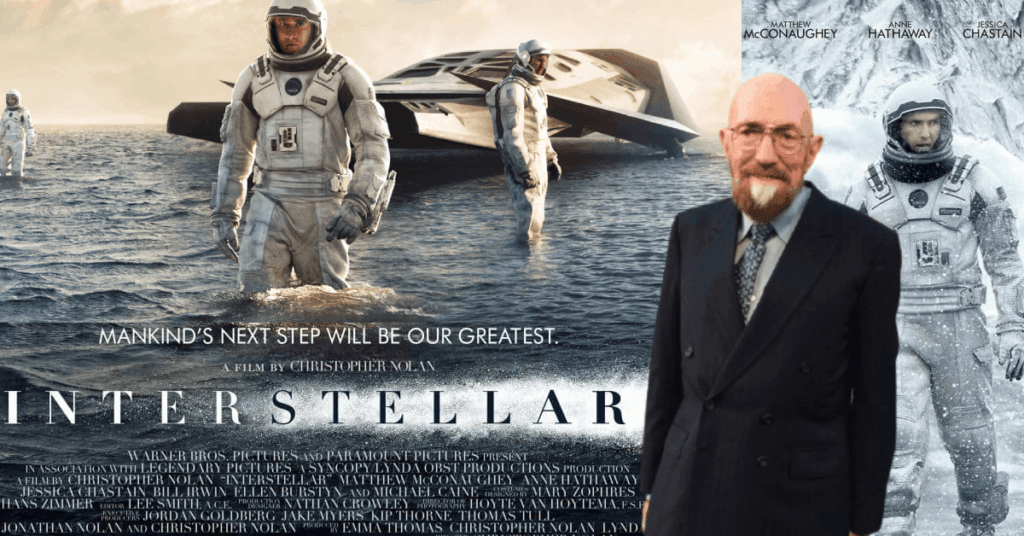Christopher Nolan’s masterpiece, Interstellar, is widely regarded as one of the most scientifically accurate sci-fi films ever made. Nolan has long been fascinated by the complexities of time and space, recurring themes in his films, from the dream layers of Inception to the time inversion mechanics of Tenet. He has spoken about his desire to ground even the most fantastical elements of his stories in scientific logic, making them both intellectually stimulating and narratively engaging. But, Interstellar’s realism is largely thanks to theoretical physicist Kip Thorne, who played a crucial role in shaping the film’s depiction of scientific concepts in this cult, science laden emotional drama.

Kip Thorne, a Nobel Prize-winning physicist and expert in gravitational physics, has made significant contributions to our understanding of black holes, gravitational waves, and general relativity. His groundbreaking research led to the first direct detection of gravitational waves, earning him the Nobel Prize in Physics in 2017. Recognizing his expertise, Nolan brought Thorne on board to ensure that Interstellar remained scientifically grounded while still serving the film’s ambitious narrative. Thorne was deeply involved in the production, advising on key plot points, ensuring dialogue reflected real scientific principles, and even influencing elements of the script when necessary to maintain scientific integrity.
Science Meets Cinema: Black Holes, Wormholes, and Time Dilation

One of Thorne’s most significant contributions was the accurate portrayal of a black hole, which became the visual centerpiece of the film. Working with Double Negative, the visual effects team, Thorne provided equations that allowed for a realistic rendering of Gargantua, the massive black hole in Interstellar. The result was a breathtaking and scientifically plausible depiction of how light bends around an immense gravitational force. The scientific research on the subject was such, that Kip published a groundbreaking scientific research paper published alongside the visual effects work. He also guided the design of the wormhole in Interstellar, ensuring it adhered to Einstein’s equations of general relativity. Unlike the common Hollywood trope of a swirling vortex, the wormhole in Interstellar appears as a spherical gateway through spacetime, offering a more accurate representation based on theoretical physics. Another key concept explored in the film is Time dilation which surrounds the film in ways beyond its physical nature. Thorne ensured this effect was portrayed with scientific accuracy, reinforcing how gravitational fields can drastically alter the flow of time in accordance with Einstein’s theory of relativity. Time dilation doesn’t just serve as a plot device in Interstellar; it encapsulates the heart-wrenching sacrifices of the characters and the passage of time across space.
More Articles for You:
- The Role of Women in Filmmaking
- 5 Hindi Movies of 2024 That Prove Small Budgets Can Create Big Impact
The Psychology Behind Iconic Villains: Why We Love to Hate Them
The Magic of Cinematography: Visuals Speak Louder Than Words
When working on Interstellar, Nolan sought Thorne’s guidance not just for scientific accuracy but to ensure that the physics served the story in an organic way. Nolan has praised Thorne for making cutting-edge theoretical physics accessible while allowing room for artistic interpretation, stating that the collaboration brought “beauty and grandeur” to the film’s vision.
Given the immense scientific detail woven into Interstellar, Thorne was motivated to write the book, The Science of Interstellar, which was published a few weeks after the film with rave reviews and was discussed in numerous Astronomy and physics magazine and by NASA in its library of congress lecture.
